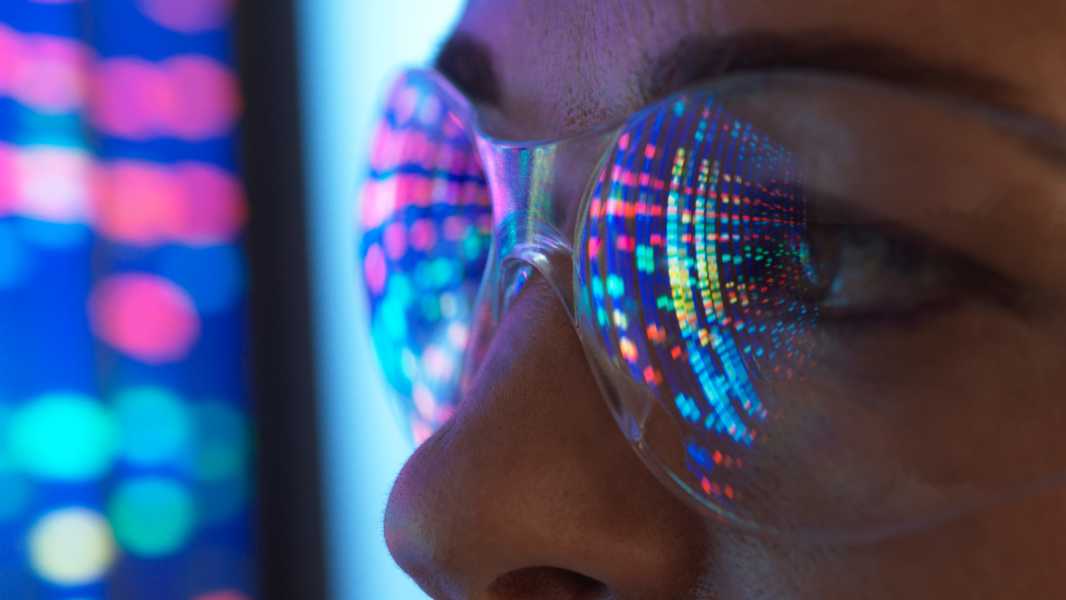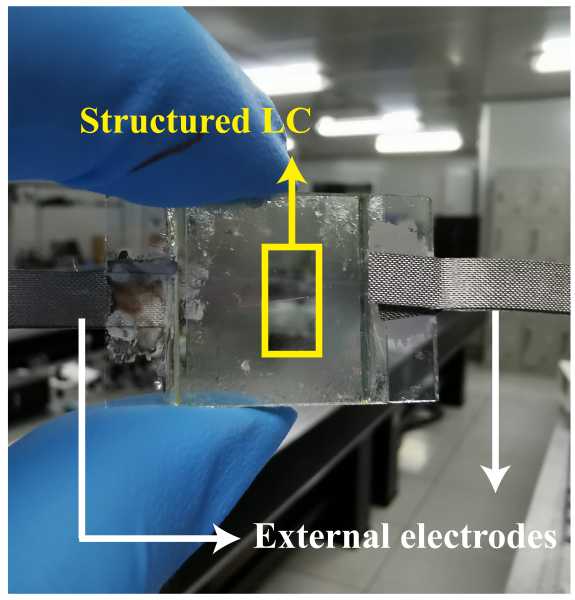
(Image credit: Andrew Brooks/Getty Images)
Future virtual reality (VR) headsets could use an innovative type of lens inspired by holographic technology, according to researchers in China. This new type of bifocal lens can switch between two focal points at the touch of a button, allowing users to see the brightness in the lenses change like a hologram.
These lenses would consist of two layers of liquid crystal structures that could be switched between two focal points using an external electric field. The scientists presented their results in a new study published Oct. 1 in the journal Optics Letters.
The team says the technology could be used in imaging devices, optical computing and optical communications, as well as future mixed-reality and virtual reality headsets.
In particular, they can be used for polarization imaging – often used to improve image contrast or to highlight edges, which helps reveal details of objects or see smaller features. Polarization can be thought of as the third dimension of light, with polarization cameras often capturing physical properties that are not available with standard imaging.
“We believe that our multilayer structure-based light control mechanism can be used to design other optical devices, including holographic systems and beam generators, or for optical imaging,” said lead author Fan Fan, a professor of physics and electronics at Hunan University.

The researchers developed a bifocal lens using two layers of liquid crystal (LC) structures. The intensity for the two focal lengths can be easily adjusted by applying an external voltage.
The team focused on creating two-layer structures, rather than the single-layer structures from which most liquid crystal devices are made. These structures were made from a liquid crystal cell and a liquid crystal polymer, both common materials for creating lenses designed for use in holographic imaging. This allowed the researchers to vary the intensity of the two foci. The desire to develop multifunctional holographic devices served as inspiration, but the technology could be applied “beyond the realm of holographic displays,” Fan said.
Some bifocal lenses can create different focal points depending on the polarization of the incoming light – but this new design allows the focus to be switched on command by changing the polarization states of the outgoing rays. The liquid crystal layer also allows the lens to quickly switch between focal points when voltage is applied.
Scientists plan to introduce new lenses into several types of multi
Sourse: www.livescience.com





